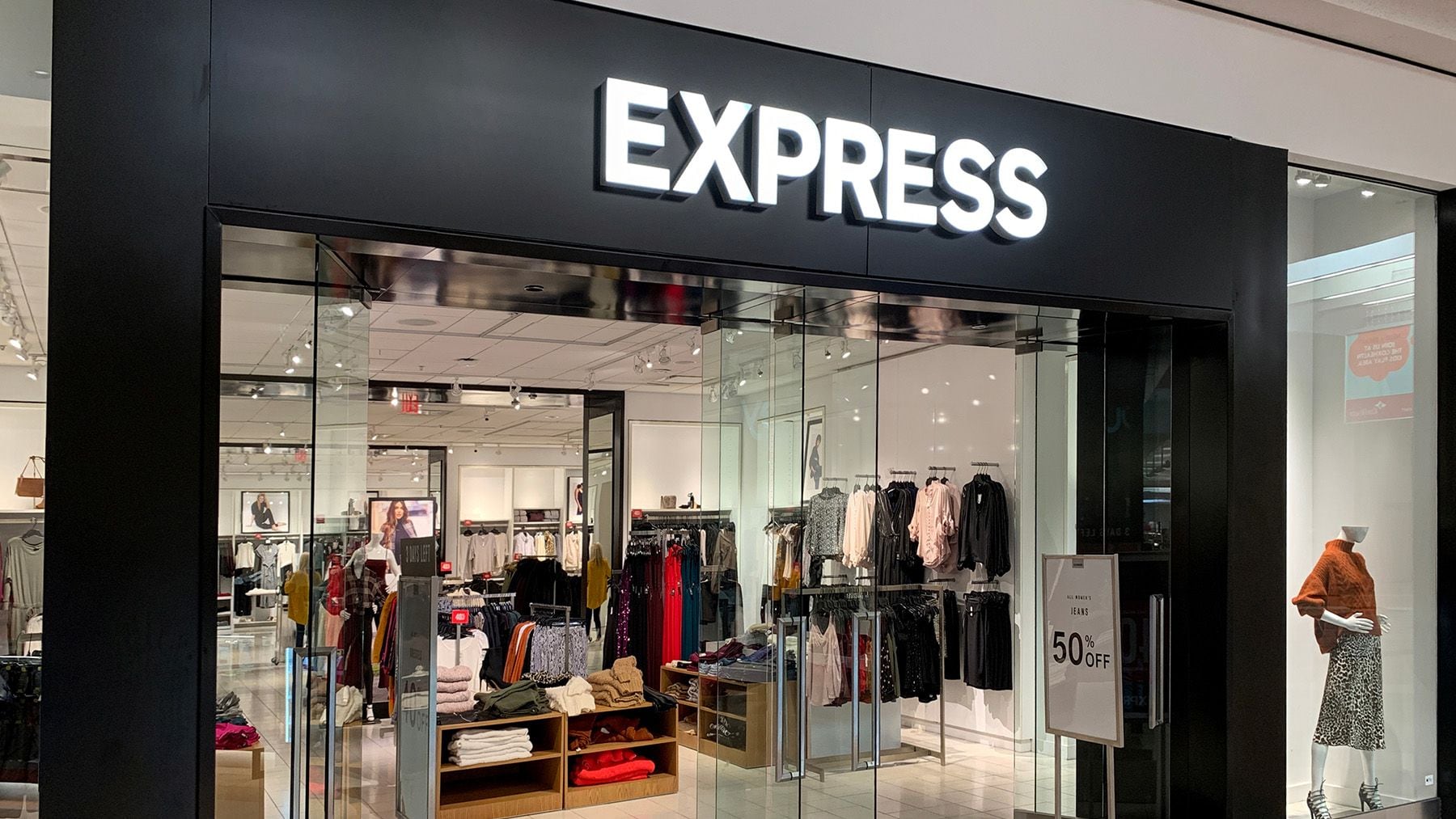
Fashion retailer Express Inc has filed for Chapter 11 bankruptcy in the United States and intends to close more than 100 stores, it said on Monday.
The retailer whose portfolio includes brands such as Express, Bonobos and UpWest Express, listed assets and liabilities in the range of $1 billion to $10 billion, according to a filing with the bankruptcy court in Delaware.
The company also named Mark Still as its new CFO, effective immediately. The executive has served as interim CFO since November 2023.
As part of the bankruptcy process, the company will close approximately 95 Express retail stores and all of its UpWest stores, starting Tuesday, it said, without specifying the locations.
The company operates about 530 Express retail and Express Factory Outlet stores in the United States and Puerto Rico and around 12 UpWest retail stores, according to its website.
Launched in 1980, Express has been battling with soft consumer demand due to slowing spending patterns and increased price sensitivity in discretionary categories.
Express has received a commitment for $35 million in new financing from some of its existing lenders, it said.
The multi-brand fashion retailer said it expects to conduct business as usual as it initiates a court-supervised process to facilitate a formal sale process.
The company said on Monday that it received a non-binding letter of intent from a consortium led by WHP Global for the sale of a substantial majority of its retail stores and operations.
Brand management firm WHP Global, which owns Toys “R” Us and fashion labels such as Anne Klein, took a 7.4 percent stake in Express last year.
By Devika Nair and Mrinmay Dey; Editor: Sonia Cheema
Learn more:
The Fashion and Management Missteps That Left Express Clinging to Solvency
The retailer has struggled to keep pace with the times and has occupied an increasingly untenable spot: not prestigious enough to compete with the luxury brands, yet too expensive to go head-to-head with rapidly growing low-cost rivals.

